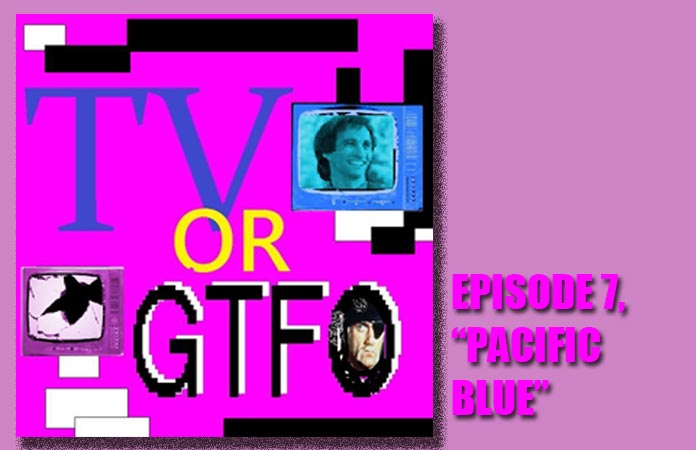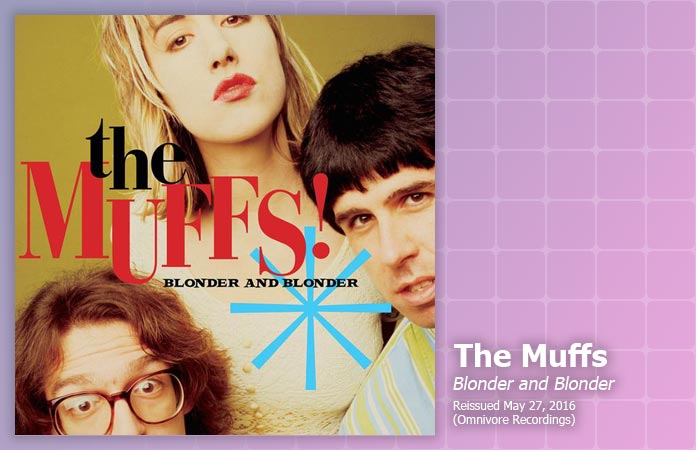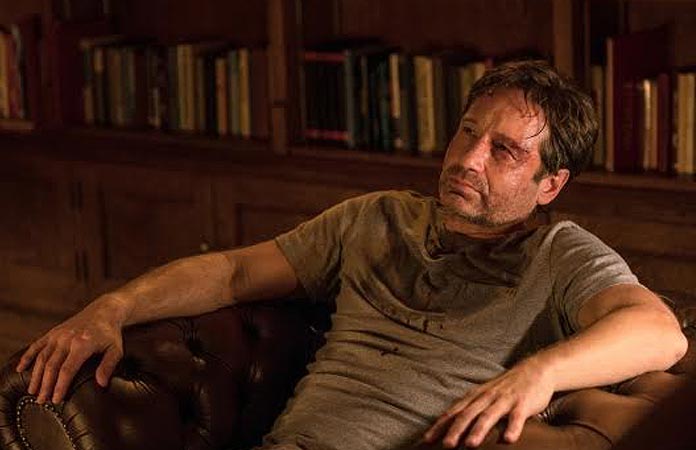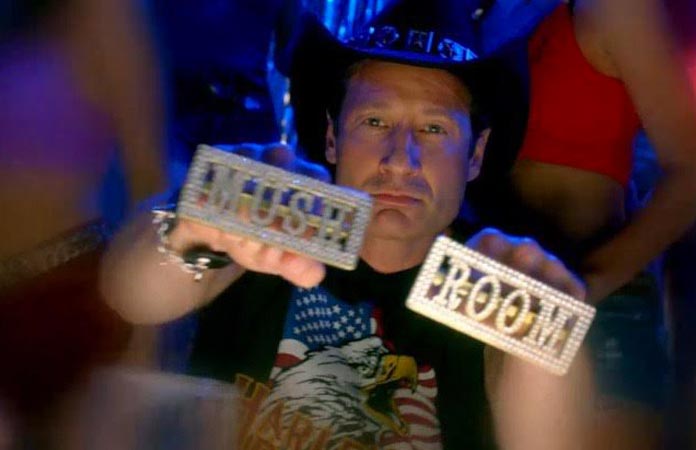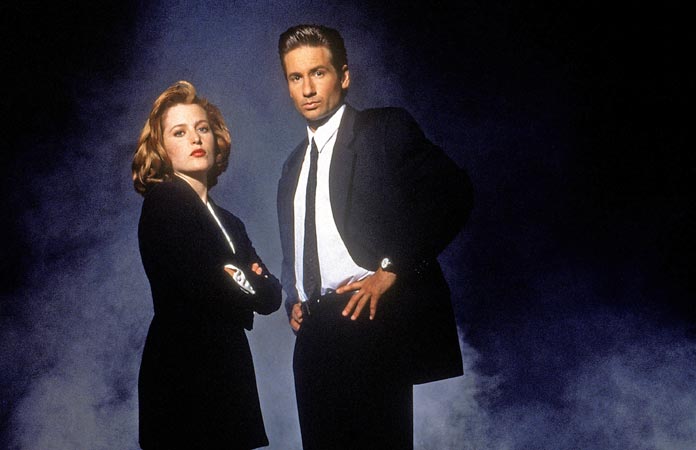Podcast: TV or GTFO Episode 7, “Pacific Blue”
Published on August 19th, 2016 in: Comedy, Podcasts, Popshifter, TV, TV Or GTFO, TV Reviews, We Miss The Nineties |On this week’s TV or GTFO, Sachin and Gary review the extremely 1990s “Baywatch on Bikes” series, Pacific Blue. Running from 1996 to 2000 on the USA Network (also the home of a similar Baywatch ripoff, Thunder In Paradise), this five-season wonder was retooled more thoroughly than the old Raleigh you’ve had since 1988. Did adding ’90s hunkerino Mario “AC Slater” Lopez increase the quality of this show in any measurable way? Spoiler: No it did not!
Does anyone on this show ever talk or react like a human being? Is there any reason to have a bike unit on a beach when bikes can neither traverse sand nor water? Will TC ever put on a shirt? For the love of Pete, will they ever wrap up a storyline properly? Well grab your helmet, put on your teensy shorts, and hop on your ten-speed for Pacific Blue!
Subscribe to us on iTunes or your favorite podcast app, or take a listen right here!
Music Review: The Muffs, Blonder and Blonder (Reissue)
Published on July 22nd, 2016 in: Feminism, Music, Music Reviews, Reissues, Retrovirus, Reviews, We Miss The Nineties |For the first half of the 1990s, if Redd Kross was involved in something, I was interested. Any band they toured with or recorded with or even name-checked was a band that I would check out. I was rarely disappointed. Enter The Muffs, who I associated with Redd Kross originally because they were both from Southern California and had both punk rock and bubblegum pop cred. And there was the Bill Bartell connection. Plus, Kim Shattuck and Melanie Vammen were ex-Pandoras members, a band I was fond of after hearing them on WTUL New Orleans in the mid-’80s.
Not long after the band’s eponymous debut, Melanie left and former Redd Kross drummer Roy McDonald replaced original drummer Criss Crass. So I was extremely interested in hearing Blonder and Blonder, The Muffs’ 1995 release from Warner Bros./Reprise Records.
TV Review: Fuller House S1 E12, “Save The Dates”
Published on March 7th, 2016 in: Comedy, Netflix Reviews, TV, TV Reviews, We Miss The Nineties |By Tyler Hodg
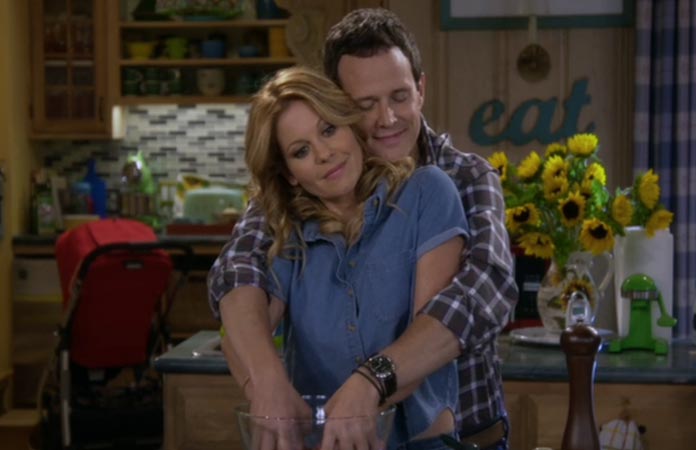
Most of the questions leading up to the second last episode, titled “Save the Dates,” have run concurrently through the season. Thankfully, a few of them are answered and wrapped up in an interesting way.
TV Review: The X-Files, Episode 6, “My Struggle II”
Published on February 24th, 2016 in: Reviews, Science Fiction, TV, TV Reviews, We Miss The Nineties |…and that’s it.
The reboot of The X-Files is over, ending with the direct sequel to the first episode. I wish there were easy answers here, a quick snazzy way to recap everything and make it nice and tidy.
But The X-Files was never about nice and tidy. It created a mythology that spread throughout time and culture, from the Mayan calendar to smallpox immunizations. The X-Files absorbed everything and spit it back out, twisted.
TV Review: The X-Files Episode 5, “Babylon”
Published on February 17th, 2016 in: Current Faves, Reviews, Science Fiction, TV Reviews, We Miss The Nineties |This week’s episode of The X-Files: The College Years gives us hope, but in the totally wrong way, leaving the viewer just as confused about the diretion and meaning of the entire series as Mulder and Scully are about the existence of God. Where the hell did this brilliant episode come from? Compared with everything else we’ve gotten from the reboot, this episode is as unexpected as hearing your toddler recite the Iliad in the original Latin while loading her diaper up during Yom Kippur.
The Truth Was Out There: A Retrospective Of The X-Files
Published on August 8th, 2014 in: Comics, Retrovirus, Science Fiction, The Internets, TV, We Miss The Nineties |IDW’s re-release of The X-Files Classics series is about to reach its conclusion, with the final set of collated issues of The X-Files comic book being set to drop in just over a month. The first few volumes revealed a lot about the time in which the comic was made—mid-’90s Todd Macfarlane-esque splash pages abound—but also about the inventiveness and creativity which permeated the greatest seasons of the television show. In addition, the comic featured its own mythology, revealing shady Pentagon connections, crystal helmets, and hinting at the alien powers that Fox Mulder, among others, would wield in later seasons of the television show.
There are also some missteps. It seemed impossible to accurately draw poor Gillian Anderson’s face in 1995, her glorious visage distorted or squashed depending on the panel one happens to view. Much like the TV show, it was likely that the creators were up against real deadlines, turning out the product as quickly as possible to capitalize on the exponential success of the show.
Given that the comic book is, in essence, a microcosm of the show, it seems like we are more than overdue a proper reevaluation of the television show and films.
Here At The Home: Remembering Tribe
Published on November 5th, 2012 in: Music, Retrovirus, We Miss The Nineties |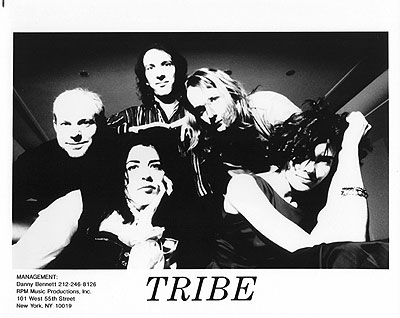
Photo from Tribe Online
An excerpt from my diary, circa seventh grade: “Listening to Tribe makes me feel like I’m drinking wine at a party with my parents, wearing a velvet dress.” Ah, the purple prose of preadolescence. Scratch the surface of my attempts at poetic music criticism, though, and you’ll find a grain of truth.
During their decade-long tenure, the Boston quintet created music that was both festive and formal. Their first local hit, the provocatively-titled “Abort,” was propelled by a galloping rhythm and built to an irresistibly shuddering crescendo that would be welcome at any house party. Their debut LP Here at the Home sounded like a treasure chest of lush melodies, gilded with sepulchral organ parts and choirs of background vocals. The band’s tight arrangements and singer Janet Lavalley’s wine-dark croon sounded heady and intoxicating, but the traditional song structures and melodies had a sense of sonic safety for a young listener. My tastes might never mature enough for more discordant sounds of the avant-garde, but at that time, Tribe was almost more subversive. Like the truths you’d heard at a party when you were up past your bedtime.
Silver Jews, Early Times
Published on June 19th, 2012 in: Current Faves, Music, Music Reviews, Reviews, We Miss The Nineties |By Emily Carney
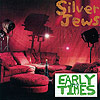
Indie rock was pure, escapist fun in the early- to mid-1990s. I lived in a fairly chaotic household in South Florida and would often lock myself in my room to enjoy whatever Pavement and Sebadoh had to offer. While I didn’t idolize the bands’ personnel (I don’t think anyone should be idolized, because it undermines his or her cultural legacy), records like Slanted and Enchanted and III definitely made the time more than bearable. The music still leaves deep personal resonances for me. Yes, I had the iconic Pavement “Sunny Side Up!” T-shirt. Through Pavement, I discovered Silver Jews around 1993.
(more…)
The Crystal Maze And The Magic Of Richard O’Brien
Published on July 30th, 2011 in: Issues, My Dream Is On The Screen, Retrovirus, TV, We Miss The Nineties |By Paul Casey
The Crystal Maze was a game show which aired on British television in the 1990s; for four of its six series it was presented by Richard O’Brien, who as you may know, wrote that grand love letter to Sci-Fi and B-movies, The Rocky Horror Show, as well as its film adaptation.
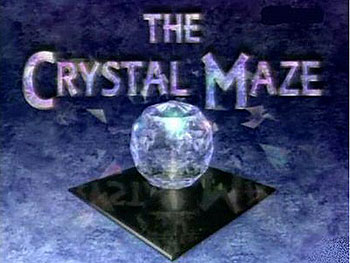
As host Reckless Rick, O’Brien guided a group of frustrated working stiffs through themed “zones”; the goal was to capture the titular crystals in order to win a trip to a B&B 30 minutes up the road (or something equally miserable). Each zone came with its share of mental, physical, skill, and mystery challenges. Reckless Rick ain’t here, I’m afraid, so I’m your guide. And if you’re smart, or very, very lucky, you will discover wonderful televisual prizes. GOGOGO!
Saddle Shoes and Winnipeg Tuxedos: Fashion In Twin Peaks
Published on July 30th, 2011 in: Issues, My Dream Is On The Screen, TV, We Miss The Nineties |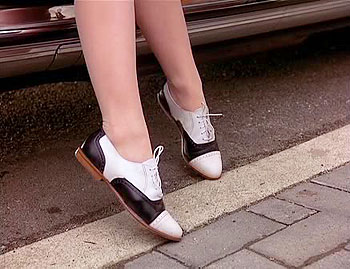
Watching Twin Peaks from a remove of over twenty years conjures a rush of emotions: The tragedy of an innocent’s brutal murder, the suspense of unraveling the mystery, the fear of the uncanny, and the occasional revulsion at the wardrobe. Holy angora, viewers may think. Did people actually dress like that in the early ’90s?
